Ngengpui Wildlife Sanctuary is a perfect den for any wildlife enthusiast, nature lover, or person having a taste for adventure, spread over an area of about 110 square kilometres. With its array of dense forests and vibrant wildlife, Ngengpui presents a wonderful chance to submerge into the beauty of virgin nature unexplored. The unique flora and fauna at the sanctuary form a wonderful backdrop to experience an unforgettable moment in one of India’s lesser-explored natural gorges.
Location
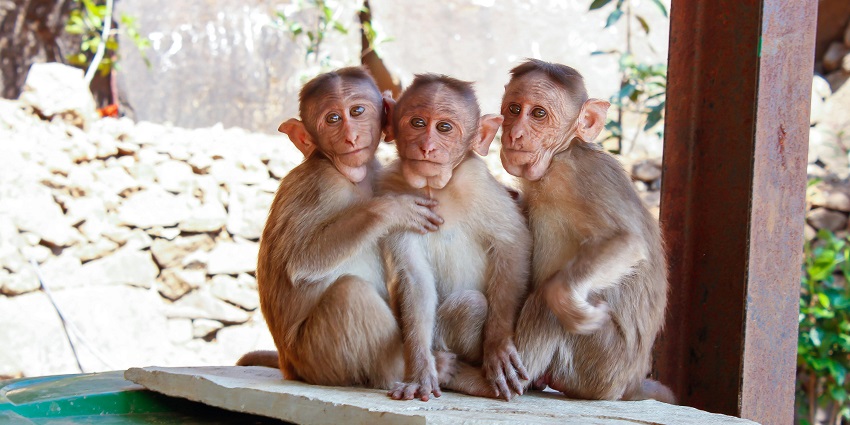
Photo: Nitin Dhumal / Pexels / Image For Representation Only
This sanctuary for wildlife is in the southeastern part of the state of Mizoram, India. Ngengpui Wildlife Sanctuary’s address is CQRQ+95P, Mizoram 796891. It is located in the Lawngtlai District and lies close to the town of Lawngtlai. The location of the sanctuary is very near to the Indo-Bangla border and has a rich biodiversity with immense scenic beauty.
Suggested Read: Places To Visit Near Katra For A Mesmerizing Holiday
History Of Ngengpui Wildlife Sanctuary
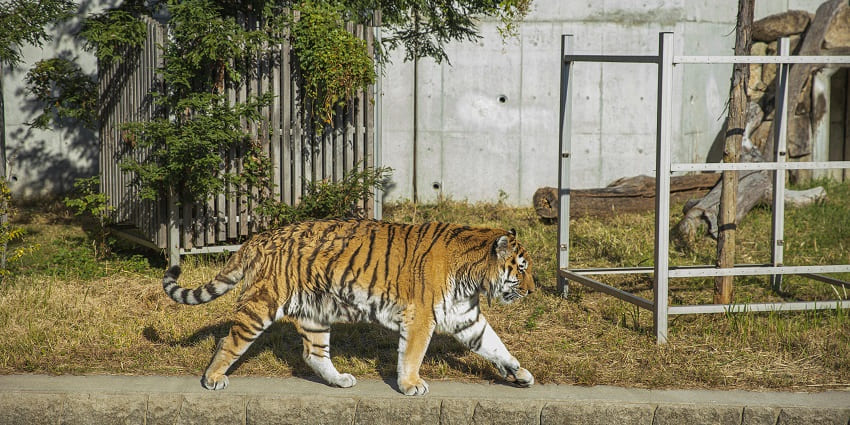
Photo: Ryutaro Tsukata / Pexels / Image For Representation Only
Formed in 1991, Ngengpui Wildlife Sanctuary was mainly aimed at preserving the biodiversity prevalent in this region. Through the years, the sanctuary has played a crucial role in saving endangered species and preserving the natural habitat of a wide range of flora and fauna. Its establishment was quite a big step towards wildlife preservation in Mizoram; it is a paradise for both researchers and tourists. This sanctuary is not only a beacon of natural heritage but is also a significant area for conducting scientific research studies and environmental education.
How To Reach Ngengpui Wildlife Sanctuary
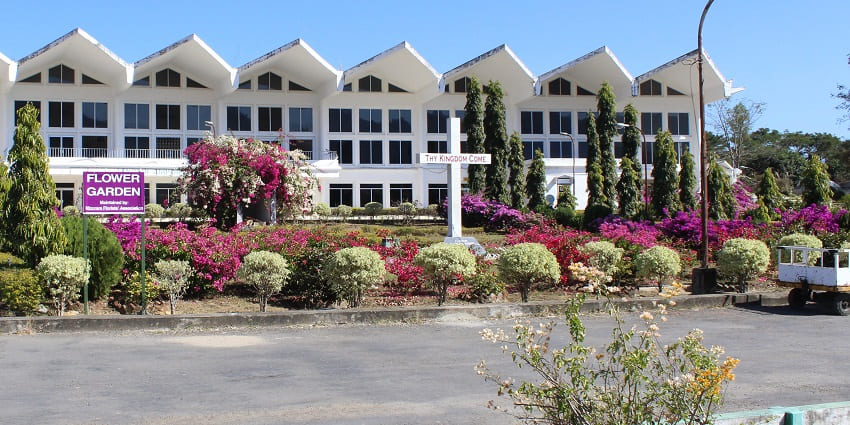
Photo: R london / Wikimedia Commons
By Air: The nearest airport is Lengpui Airport in Aizawl, about 300 kilometres away from the sanctuary. You can hire a taxi or take a bus from the airport to Ngengpui. The journey through the beautiful landscapes of Mizoram is a prelude to the natural beauty that lies ahead.
By Rail: The closest railway station is at Silchar in Assam, around 370 km from Ngengpui. You can hire a taxi or take a bus from Silchar to go to the sanctuary.
By Road: Ngengpui is connected by road to major cities in Mizoram. Regular buses and hired taxis are available from Aizawl and other nearby towns.
Places To Visit Around Ngengpui Wildlife Sanctuary
1. Durtlang Hills
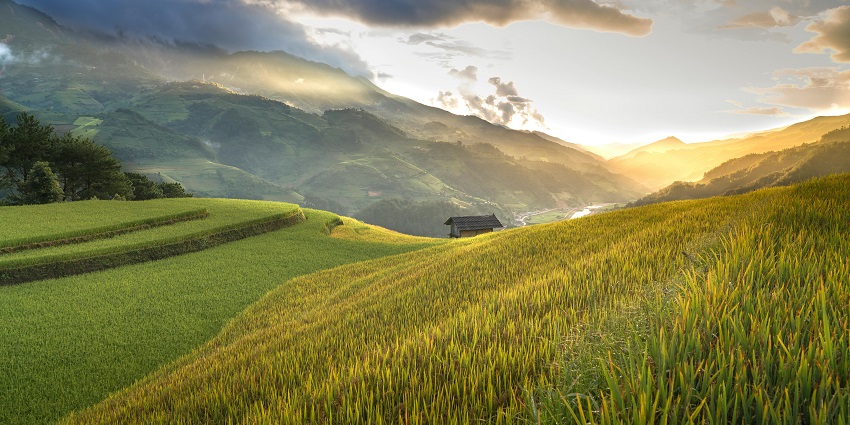
Photo: Quang Nguyen Vinh / Pexels / Image For Representation Only
Durtlang Hills, located on the northern side of Aizawl, are a striking line of rocky hills that provide spectacular views of the city. The trek to the peaks, popular with both locals and tourists, is difficult but rewarding, providing a breathtaking panoramic view of small houses nestled in lush green forests. Aizawl offers several lodging options for those looking to stay in the area. The surrounding forests add to the area’s charm, making Durtlang Hills a popular destination.
Best Time To Visit: November to March
Suggested Read: Places To Visit In Kashmir In January
2. Vantawng Falls

Photo: Archie Binamira / Pexels / Image For Representation Only
Vantawng Falls is the state’s tallest and most spectacular waterfall, dropping 750 feet from the Vanva River. It is India’s 13th-highest waterfall, surrounded by dense forest and bamboo groves. Because of the difficult terrain, the Tourism Department has set up a viewing post for visitors to enjoy the scenery. The falls are named after Vantawng, a legendary swimmer who tragically died in the pool at the bottom. Vantawng Falls is located approximately 137 kilometres from Aizawl.
Timings: 8 AM – 5 PM
3. Lunglei Hills
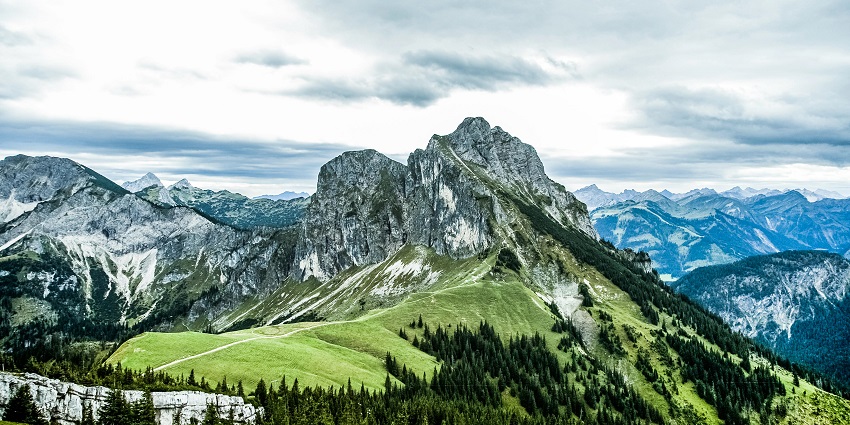
Photo: Markus Spiske / Pexels / Image For Representation Only
Lunglei is a hill district in Mizoram that is known for its natural beauty and cultural significance. The name means ‘Bridge of Rocks,’ and refers to a rock formation in the Nghasih River, a tributary of the Tlawng River. Lunglei has a high literacy rate (88.86%). While not as well-known as other North-Eastern destinations, it provides a tranquil escape with lush greenery, wildlife, and charming towns. Lunglei is an excellent choice for those looking to explore a more peaceful yet scenic part of India.
Suggested Read: Top Best Places To Visit In Jammu For A Scenic Getaway
Things To Do Near Ngengpui Wildlife Sanctuary
1. Have A Wildlife Safari Excursion

Photo: Jim Fawns / Pexels / Image For Representation Only
You may go on an exhilarating guided safari through the sanctuary, where you’ll see a variety of wildlife in their natural habitat. This includes rare and endangered species like the Hoolock gibbon and a variety of deer. As you explore the sanctuary, knowledgeable guides will share fascinating insights into the behaviour and conservation of these animals, helping you better understand their roles in the ecosystem.
2. Enjoy Bird Watching

Photo: Pixabay / Pexels / Image For Representation Only
Tourists can enjoy bird watching by observing a variety of bird species in their natural environment. With binoculars, you can see rare birds like Blyth’s tragopan and admire their colourful plumage and distinct calls. This activity provides a relaxing way to connect with nature while also learning more about bird behaviour and habitats.
Suggested Read: Top Things To Do In Jammu For A Peaceful & Heavenly Retreat
3. Opt For Nature Treks
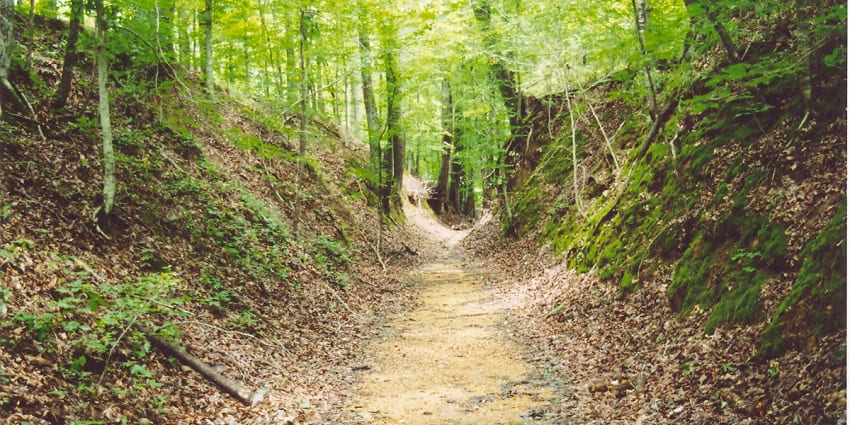
Photo: Jan Kronsell / Wikimedia Commons / Image For Representation Only
Along the lovely trails of the sanctuary, which travel through lush forests and stunning hills, you can go on nature treks. Along with the chance to get up close and personal with a wide variety of local plants and wildlife, these walks offer breathtaking views. It’s a soothing and absorbing way to take in the peace of the natural world and develop a greater appreciation for the natural beauty of the sanctuary.
Best Time To Visit
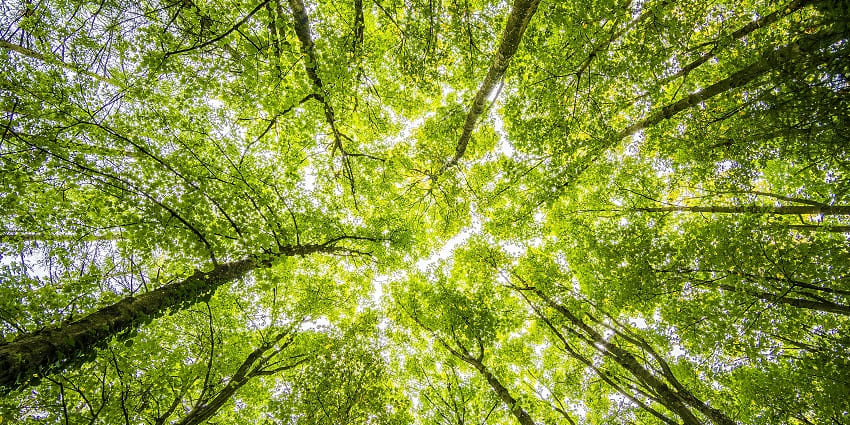
Photo: Felix Mittermeier / Pexels / Image For Representation Only
The best time to visit the wildlife sanctuary is from November to April since the weather is very congenial during this period, and the chances of spotting wildlife are higher. Monsoon season is from June to September, and during this time, there is heavy rainfall, which makes the trails quite slippery and not ideal to tread on. Hence, dry-season visits ensure better accessibility, more enjoyable trekking, and better wildlife spotting experiences.
Suggested Read: Top Places To Visit In The World In November For Unforgettable Adventures
Where To Stay

Photo: Pixabay / Pexels / Image For Representation Only
The Ngengpui Forest Rest House is situated within the sanctuary and has decent rooms for rudimentary yet comfortable accommodation. It promises to let visitors dwell amid wild forests. Tourist Lodge, Lawngtlai, is located just a stone’s throw away from the sanctuary, offering accommodation in a clean, well-maintained room with modern amenities like running hot water and Wi-Fi. Added services are arranged, including guided tours and locally-tasting food.
Additionally, there’s Mizo Heritage Guest House, located at Lawngtlai, which features a home-like atmosphere, well-maintained rooms, an opportunity to experience traditional Mizo hospitality, and local food that comprises several rice varieties, besides vegetarian and non-vegetarian cuisine.
Where To Eat
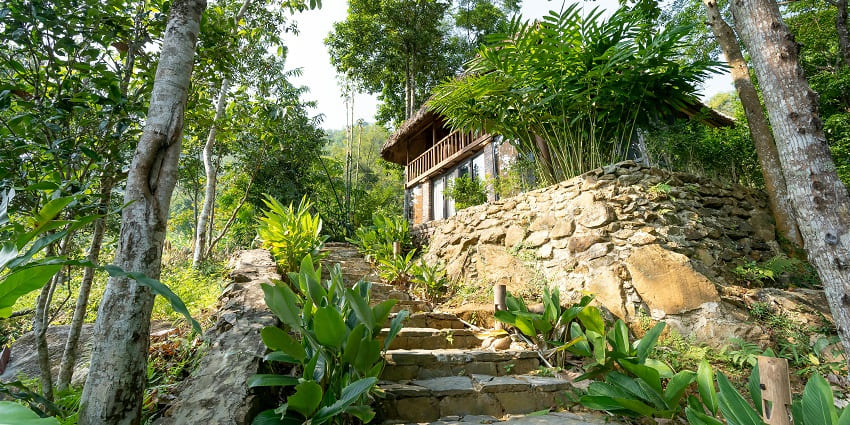
Photo: Quang Nguyen Vinh / Pexels / Image For Representation Only
There are quite a few decent eating options in and around the sanctuary. Local Mizo delicacies you can have here include bamboo shoot curry, smoked pork, and rice. All these are served rustic style at the Ngengpui Forest Rest House Canteen, located right inside the sanctuary.
The Tourist Lodge at Lawngtlai, lying at the periphery of the sanctuary, provides an ample number of meals combined with a friendly atmosphere, frequently supplemented by fresh fish curry and locally available vegetables, against the backdrop of a clean ambience. Local restaurants such as Mizo Taste Restaurant and Hilltop Diner, well within the perimeter of Lawngtlai Town, make many promises for Mizo food, which consists of spicy pork and salad with bamboo shoots.
Suggested Read: Places To Visit In The World In June
Other Factors To Consider
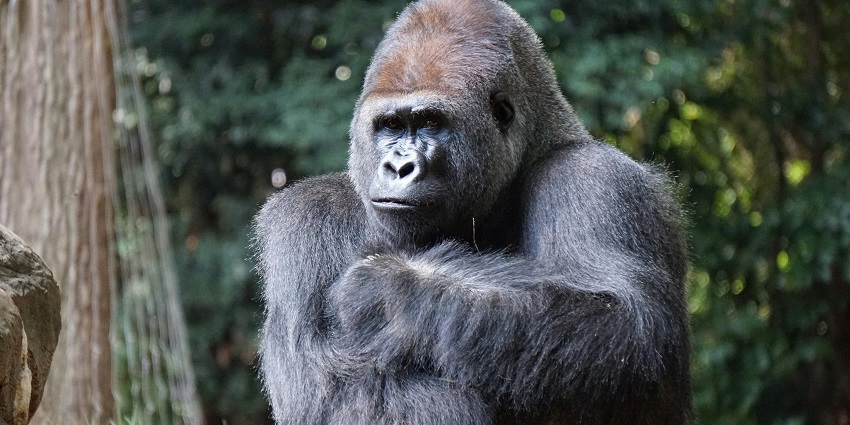
Photo: Chris Carter / Pexels / Image For Representation Only
Entry Fee
Ngengpui Wildlife Sanctuary ticket price is modest and supports its maintenance and conservation efforts. Indian nationals pay ₹50 per person, while foreign nationals are charged ₹200. Students with valid IDs pay ₹20. Camera charges are ₹100 for still cameras and ₹500 for video cameras.
Tips For Travellers
- Do carry adequate water, refreshments, and a first-aid kit to make the visit comfortable.
- Light, loose cotton clothes and good trekking shoes are advisable for walking along the trails in the sanctuary.
- The visitor has to abide by the rules and guidelines in the sanctuary to ensure his or her personal safety and the safety of the wild animals.
- Seek permission to capture Ngengpui Wildlife Sanctuary photos and the wildlife inside.
- Do not litter or disturb the natural habitat. Carry back your garbage and dispose of it properly.
- The local guides can make your experience more rewarding with their knowledge of the area and its wildlife. It will make your visit more knowledgeable and pleasurable.
- Ngengpui Wildlife Sanctuary timings are not fixed. So, confirm the right timings from your agent or locals.
Ngengpui Wildlife Sanctuary is an enchanting place that offers an enriching experience for all visitors. It has lush landscapes, diverse wildlife, and a calm environment, therefore, making it a great place for outings and relaxation. Plan your visit with TripXL for an unforgettable adventure amid forests and wildlife in this wildlife sanctuary, home to a unique ecosystem of Mizoram.
Cover Photo: Denys Gromov / Pexels / Image For Representation Only


 WhatsApp
WhatsApp
 Twitter
Twitter









